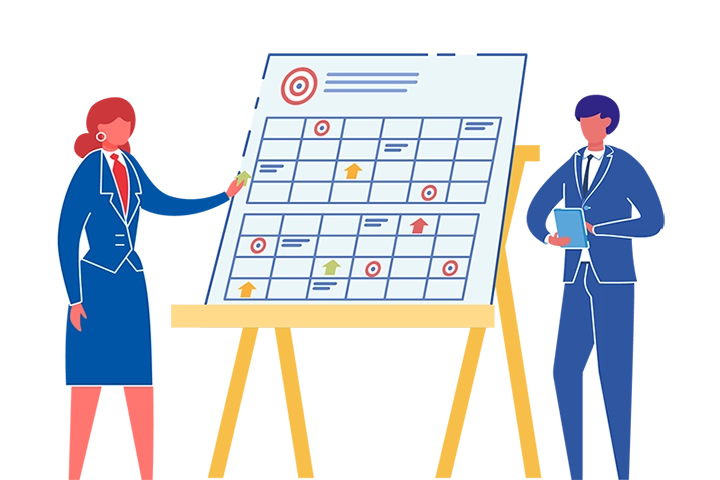Design is often perceived as a field related to aesthetics and style. People frequently associate design with visual appeal, but truly exceptional design goes far beyond appearances. At a deeper level, design is a methodology for solving problems — a tool for creating a better life for people. Therefore, the value of design lies in its ability to solve problems, not merely in whether it looks beautiful or not.
The Essence of Problem-Solving
At the heart of design lies the ability to solve problems. This means that designers must understand people’s needs, challenges, and pain points, and find creative ways to address them. Whether it’s designing a product, a system, or a service, the designer’s primary task is to identify a problem and provide a solution.
Human-Centered Design
Great design should be human-centered. This means taking into account people’s behaviors, habits, capabilities, and needs to create products or services that are easier to use and understand. For example, the interface design of a smartphone is meant to help people access various functions conveniently—not merely to pursue visual aesthetics.

Consider Functionality
Functionality is one of the key elements of successful design. A product that looks beautiful but fails to perform its intended task effectively loses its design purpose. Therefore, functionality and usability should be among the top priorities in the design process.
Innovation and Improvement
Design is an ongoing process of innovation and improvement. Great designers are never satisfied with the status quo; they continuously seek ways to make products or services better meet people’s needs. This requires designers to constantly learn, observe, and experiment in order to discover better solutions.
Design and Social Impact
Design not only affects individual lives but also influences society as a whole. Good urban design can enhance quality of life, and a user-friendly website can foster emotional connection. Therefore, designers should consider the social impact of their work and strive to make the world a better place through their creations.
Conclusion
Design is not merely a matter of aesthetics—it is fundamentally about solving problems. Great designers start with people’s needs and create innovative, functional solutions that enhance lives in meaningful and practical ways. Whether it’s product design, service design, or system design, the primary mission of any designer should be to solve problems. That is where the true value of design lies.